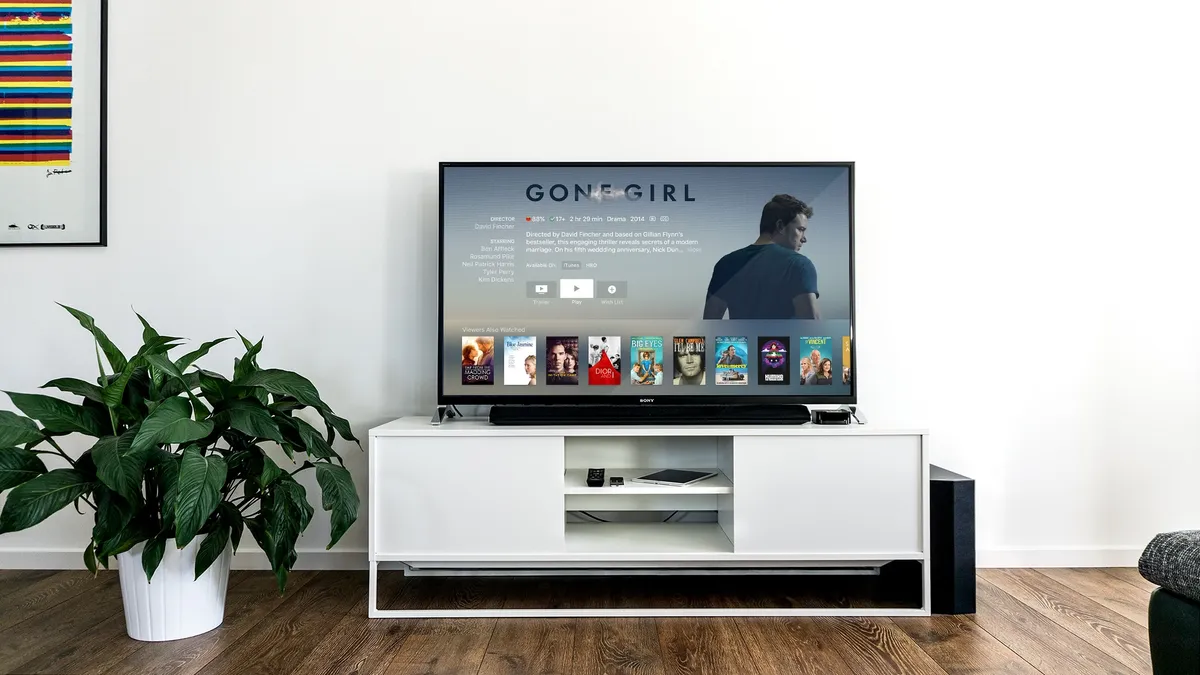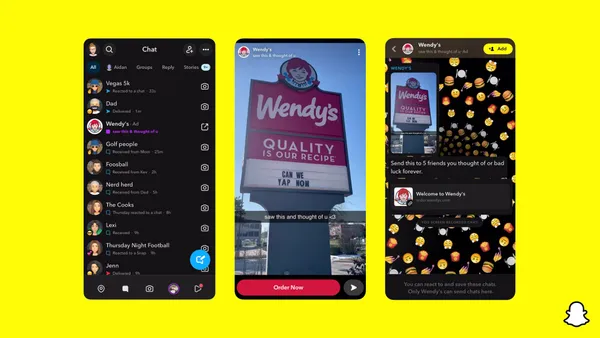Dive Brief:
- The Trade Desk saw gross spending on its platforms rise 34% year-on-year to $4.2 billion in 2020, a new record driven by marketers' growing interest in data-driven marketing channels, according to earnings results.
- Revenue increased 48% YoY to $320 million in the fourth quarter, capping off a strong year for the ad-tech firm. Connected TV (CTV) was its fastest-growing channel, co-founder and chief executive Jeff Green said on a call discussing the results with analysts, reinforcing the shift away from traditional media.
- Green referenced comments Procter & Gamble brand chief Marc Pritchard gave at CES in January, agreeing with the CPG marketer's assessment that advertising's future will be "digital, programmatic data-driven and automatic."
Dive Insight:
Q4 brought another windfall for The Trade Desk, a demand-side platform provider that generally fared well last year as marketers retooled their media strategies to account for the pandemic and new mandates around data.
"While 2020 was a uniquely challenging year, it was also a turning point for our industry and our company," Green said in a press statement. "[In] 2020 we saw several years of advertising disruption and innovation compressed into a few months. Marketers are being more deliberate and data-driven in everything they do, and as a result, they are gravitating to the advertising opportunities of the open internet."
After driving people indoors, the health crisis accelerated a cord-cutting trend that has been a boon for streaming services and CTV platforms. Green linked the change in media consumption habits to one in marketers' thinking, where executives like Pritchard are more frequently eschewing traditional advertising methods altogether. Green highlighted the appeal of CTV's measurement and data-driven capabilities, as well as its flexibility compared to linear.
"In a year when brands are challenged to adopt messaging, often on a highly local basis based on rapidly changing circumstances, all of these factors become compelling," Green said on the investor call.
Streaming video isn't free from its issues, with fraud being a top concern. And while linear TV ratings have dipped in tandem with streaming's ascent, more than half of advertisers report that linear TV is their top priority in 2021, according to a recent survey by Advertiser Perceptions.
Still, major changes are afoot. Pritchard last year made a splash in shirking the traditional TV upfronts, a venue where marketers work on securing ad commitments and sponsorship deals for the months ahead. Instead, P&G — one of the largest advertisers by media spend in the world — made the unusual decision to negotiate directly with the networks, looking to avoid "legacy systems that have historically favored sellers," to quote Pritchard at CES.
On the call with analysts, Green cited internal research that found 60% of linear TV ad buyers intend to spend less at the upfronts in 2021 for similar reasons. Advertiser Perceptions found most advertisers intend to keep their 2021 media allocations in line with last year, allotting 40% for upfronts and 60% for the scatter market.
Green forecast that CTV will eventually command half of what he expects will be a $1 trillion ad market, with the channel acting as a "Trojan horse" for ushering in programmatic capabilities across the industry. Those are lofty targets, but it's clear that data-driven offerings will continue to see a high premium as marketers try to create more personalized campaigns and grapple with disruptions like the death of third-party cookies.
The Trade Desk has been a major player in developing a cookie alternative through an initiative dubbed Unified ID 2.0. Earlier this week, the company relinquished control of the project to Prebid.org, a nonprofit focused on open-source programmatic advertising solutions that will now oversee Unified ID's technical infrastructure. Unified ID has secured endorsements from major advertising firms, ad-tech vendors and publishers, including Nielsen, Criteo, LiveRamp, Magnite and The Washington Post.















